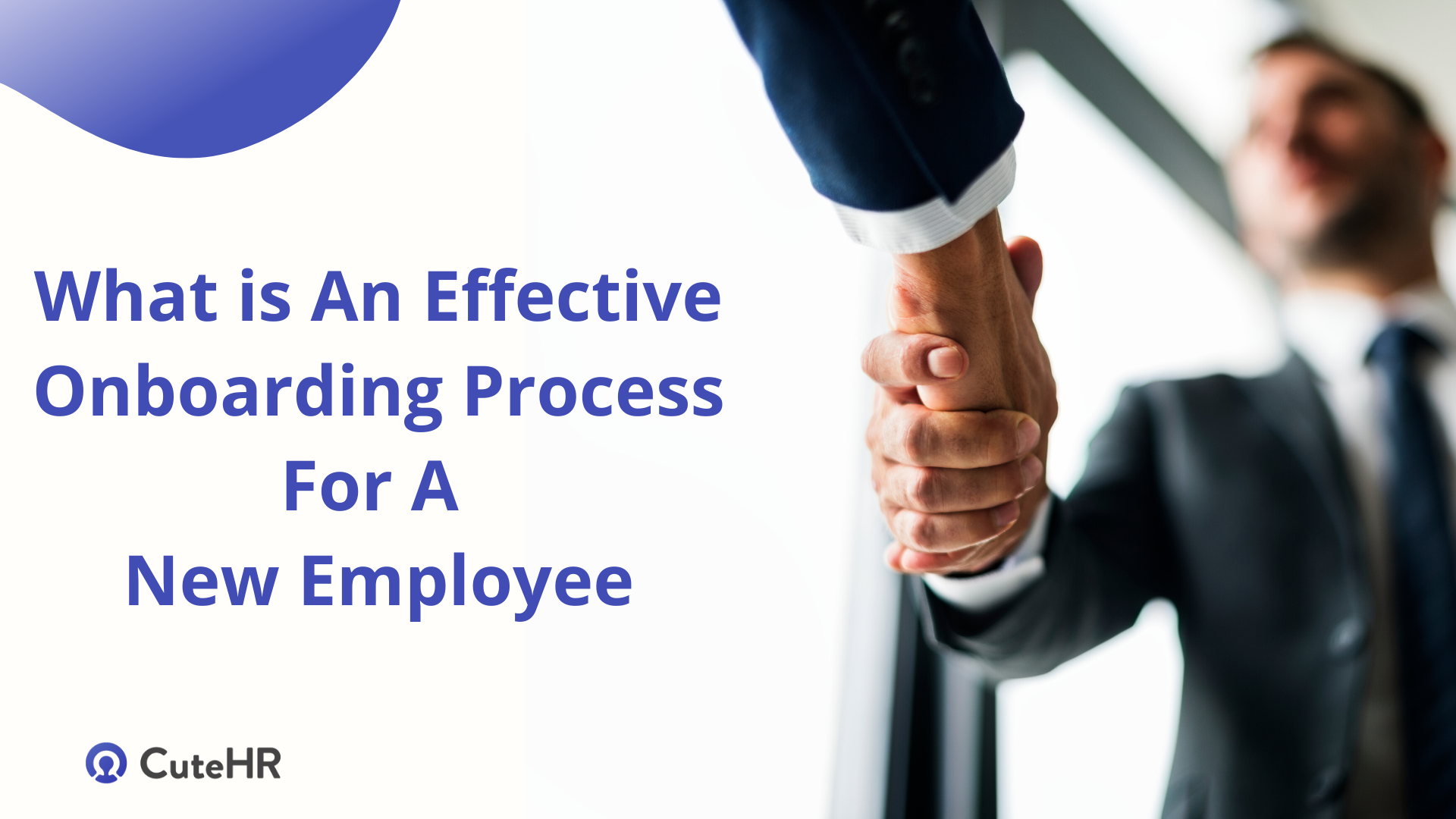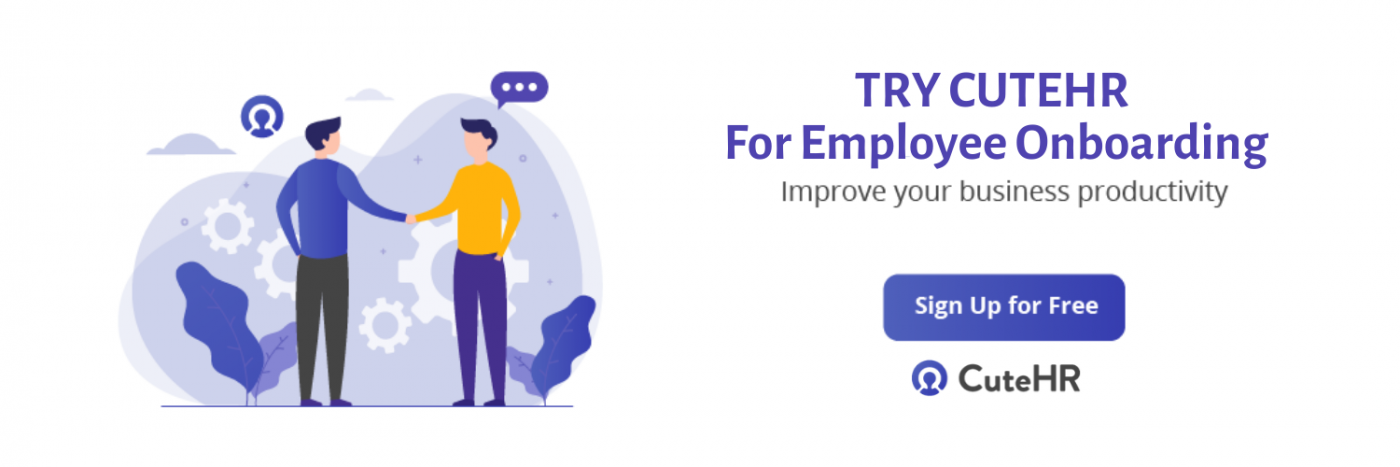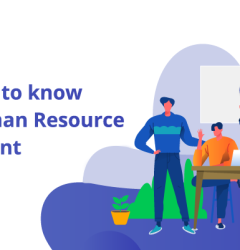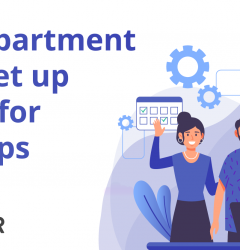13 Feb

According to the Society for Human Resources Development (SHRM), employee onboarding (also known as organizational socialization) is the “process of helping new hires adjust to social and performance aspects of their new jobs quickly and smoothly, and learn the attitudes, knowledge, skills, and behaviours required to function effectively within an organization.”
The well-built employee onboarding process prevents employee turnover, teaches new hires and reduces their anxiety. According to the Harvard Business Review, nearly 33% of new employees start looking for a new job within their first six months in the company, and 23% of new hires turn over before their first anniversary. These numbers usually appear due to the lack of proper employee onboarding. Employee turnover is a somewhat predictable and avoidable process. When employees are engaged and feel cared about, they are less likely to leave their workplaces. Onboarding is the first step to developing employee engagement. Employee onboarding can also be used for socialization. During this process, new hires start communicating with other employees and take a particular position in the company.
The onboarding process is usually created for physical, emotional and professional a new hire integration into their new workplace. This process can be different in length and there are no universal concepts for it, but HR departments typically include in onboarding such four critical issues for new employees:
Table of Contents
Documentation and legal information
From the first day of work, new employees should be informed about the benefits they can receive working in your company. They should also be trained on legal rules and regulations that apply to them in their new job position. Of no less importance is to fill in all the necessary official documents and sign all the arrangements.
Awareness
All new employees need to know what are their duties and understand what their job role is. During the first working week, they should understand what kind of tasks they will receive, with whom they will work and what results they will need to achieve.
Culture
During the onboarding process, new hires should be introduced to the company’s culture, mission and vision, central values and principals. They should understand that your company is not just a business; it is a living body with its own feelings and aims. By the end of the onboarding, the new employee should become a full-fledged part of it.
Connection
Proper employee onboarding should include introducing new hires to all other employees of your company. It should start connecting them with external and internal resources they will use to perform in their new position.
To tell about the ways how you can build an effective onboarding process for a new employee, let’s, firstly, analyze the goals of effective onboarding. A well-organized onboarding process facilitates a significant number of goals that are essential to both the company and the new hire. Let’s discuss the most important ones:
- Introduce new hires to their new job duties. New hires should clearly understand what tasks they should do and what specific role they’ll play in achieving company and team goals.
- Help new hires become a significant part of the company’s culture.
- Retain new people. Employee onboarding should make new hires feel they are cared about and show them that they are essential. Often, unhappy employees start searching for a new workplace, and for a company, it can be very costly.
What should you do to build an effective employee onboarding process?
The answer is to divide it into formal and informal parts.
Formal onboarding is a mandatory procedure in all companies. It includes signing all crucial papers, agreeing on official rules and discussing all the essential legal information that a new employee needs to know. Also, during the formal onboarding process, new hires get all the information about the company’s structure and about the department they work for. Usually, at this step, employees receive different maps, instructions to software and access to profiles they will need to use.
Informal onboarding, unfortunately, is often overlooked part of the employee onboarding process. However, it is as important as a formal one. Each company, definitely, has a set of values and principles that assist their employees in achieving main goals. Not the less important are the company’s mission and vision. If you check the websites of some famous successful companies like Microsoft, Facebook, Netflix, etc., you will notice that all of them have a separate page where they tell about their mission and vision. These two things are a strong motivational force. What is the difference between a mission and a vision? The mission statement usually focuses on the future and what the company wants to become. The vision statement focuses more on this day and what the company is doing now. These two things should work together with the aim of developing and strengthening the organization. The mission statement drives your company and the vision one gives the company direction.
How to carry these essential messages to all employees?
The answer is to make your onboarding process automated. The advantages of using an automated tool for your onboarding process may have a considerable impact on the company, which in the end can boost overall performance. With an automated employee onboarding, your organization will save time and money, for sure. Moreover, it will help new hires feel fulfilled, empowered and they are less likely to be overwhelmed.
The best way to transform your accustomed onboarding into automated one is to build an employee onboarding academy. For some time now, academies became a top-rated onboarding tool. They help make onboarding structured, smooth and interactive from the moment a new hire is brought onto your team. Onboarding academies are capable of lots of things. Let’s take a glance at some of them:
- You can add all types of content to it (pictures, videos, diagrams, infographics, slides, animations, certificates). So, all these elements will make the academy interactive and dynamic.
- All content can be edited whenever you want.
- After finishing any of the academy courses, each learner will receive a certificate. They are customizable. Using this feature, you will be able to check your new employee’s knowledge.
- Using academies as your primary onboarding tool, you will be able to have detailed statistics on each learner, for example, the number of lessons they’ve learned or time spent in your Academy.
Academies are developing rapidly, so the advent of new features will not keep you waiting long.
Netpeak Group case study
Netpeak is an internet marketing agency, located in Eastern Europe with more than 500 employees in the company. Their employee onboarding process is going through academies. They divided it into two parts, and these parts are called courses.
Netpeak has included formal information in one part, and the second part is represented as an “Academy of Inspiration.” This academy is full of fascinating stories and videos, quizzes and checklists, detailed information about the mission, vision and values of the company.
Netpeak HR managers give feedback about using academies as their primary onboarding tool. They say that not only are academies an excellent tool for creating an effective employee onboarding, but they also help the company save time. Now, instead of throwing a lot of new information at new hires on their first day and giving them a bunch of docs and instructions, they put everything in the academy. By providing new hires access to it, they don’t need to repeat a massive part of the information for each new employee over and over.
So, to sum up, here is a list of problems that academies solve:
- Structured content
- Interactive format
- Save employees time
- Save managers time
- Engaging and gamified onboarding
There is one more thing you can use to make your employee onboarding successful and effective. Prepare a welcome pack. It can consist of different things that show your company’s brand. As an example, look at the Ogilvy&Mather welcome pack. Ogilvy&Mather is a world-famous advertising agency. One remarkable and valuable thing they put inside their welcome pack is a red book. It was written by David Ogilvy and it isn’t available in any story. Only the employee of the company can read and read this book. This book tells about the history of the company, mission, vision, values and primary goals. It helps new hires find the answers to approximately all the questions they have.
Let me wrap with three key messages. If your employee onboarding is well-organized, it will lead to higher job satisfaction, lower turnover, organizational commitment, higher performance levels, lower stress, and career effectiveness. The best way to build great onboarding is to divide it into formal and informal parts. If you are searching for an excellent tool to organize your onboarding, try to create an employee onboarding academy.
You will understand that your onboarding process works perfectly when new employees will start telling you: “Yep, it is worth to spend a few years of my life here.”













Natalie Chabanova